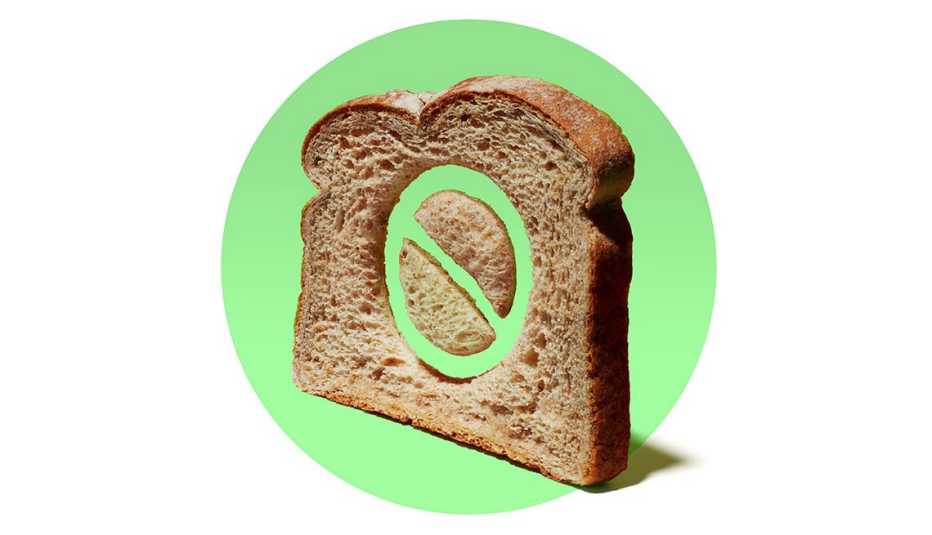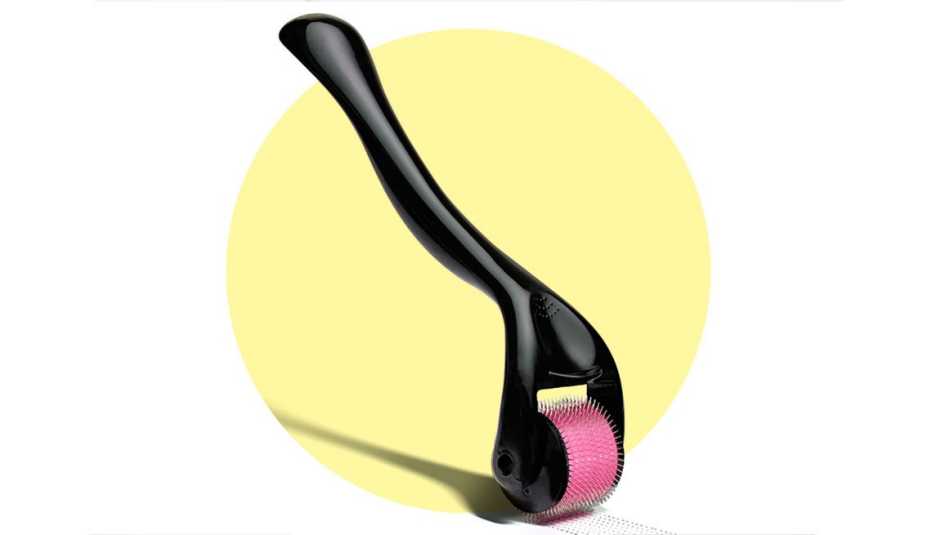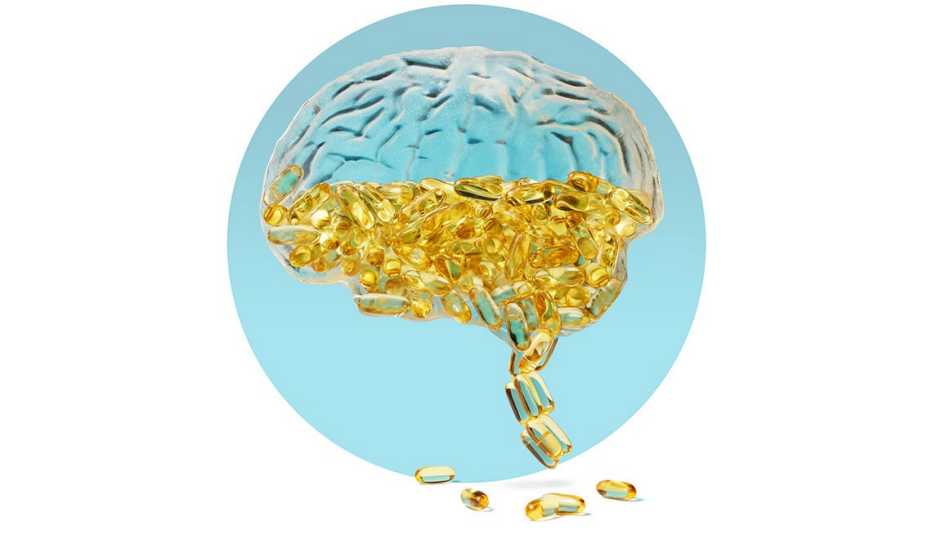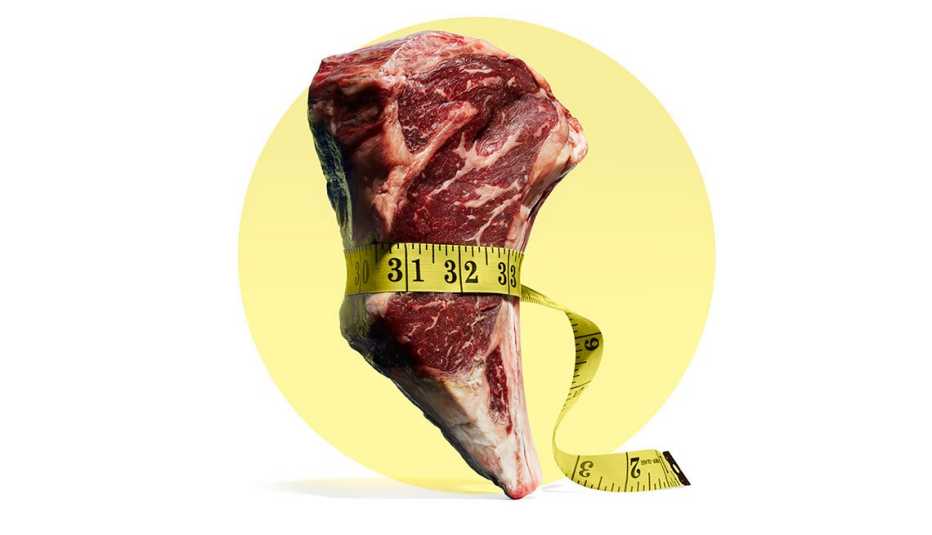Staying Fit
Based on interviews with dozens of doctors and reviews of hundreds of studies, here are fads to watch out for, fails to avoid and fixes that really work to improve your health.


Which of these will give you a happy stomach?
Eating Gluten Free ‘Just Because’
Fad: A 2013 survey showed that nearly 30 percent of U.S. adults were trying to minimize or avoid gluten. That makes sense if you have celiac disease or other symptoms of gluten sensitivity. Not for everyone else. A study published in 2017 of more than 110,000 people found that going gluten free could raise the risk of heart disease. “Cereals and grains have important health benefits,” says Shajan P. Sugandha, a gastroenterologist at the University of Alabama at Birmingham.


AARP Membership— $12 for your first year when you sign up for Automatic Renewal
Get instant access to members-only products and hundreds of discounts, a free second membership, and a subscription to AARP the Magazine.
Getting a Colon Cleanse
Fail: This involves putting large volumes of liquid into the rectum to detoxify the body, enhance immunity and fight disease. “It’s based off misinformation that things sit in your colon for years, which is ridiculous,” says John Pandolfino, chief of gastroenterology and hepatology at the Feinberg School of Medicine at Northwestern University in Chicago. Risks include cramping, pain, nausea, potentially fatal electrolyte imbalance, renal failure and gut perforations.
Prebiotic Supplements
Fail: These nondigestible fiber compounds promise to decrease inflammation and lower your risk of disease. Save your money, says Stacy Sims, a senior research fellow at the University of Waikato in New Zealand. The supplements are expensive — about $20 a bottle. And, she says, “You may not need to promote the growth of the bacteria they’re promising to promote.” Instead, eat foods that are rich in prebiotics, such as garlic, onions, asparagus, bananas, dandelion greens and Jerusalem artichokes.
Probiotic Foods
Fail: Stores sell bacteria-spiked foods like dark chocolate and muffin mixes, not to mention probiotic pills. Don’t buy in. “Though supplements have large numbers of bacteria, they’re often not diverse — and the gut biome is extremely diverse,” Sims says. You should consume naturally probiotic-rich, unpasteurized fermented foods and drinks like yogurt, sauerkraut and kombucha.
Peppermint Oil
Fix: A review of 121 trials found that peppermint oil is effective at treating irritable bowel syndrome. “The menthol, its main constituent, has a very relaxing effect on the GI tract,” says Rosario Ligresti, M.D., director of the Pancreas Center at Hackensack University Medical Center in New Jersey.
Fecal Transplant
Fix: Donor stool with healthy bacteria is inserted into a patient’s colon to alter the flora and treat ailments such as lupus and diabetes. “People have pooh-poohed this idea for years,” Ligresti says. “But we now know that, for certain conditions, it can change your life almost overnight.” In a study of 30 people (average age 67) with inflamed colons from C. difficile infections, 29 recovered through this therapy.


What trends can truly give you smoother skin?
Microneedling
Fad: This beauty trend involves poking tiny holes in your skin, using a device that looks like a lint roller covered in short needles. The procedure stimulates the production of collagen, the skin’s main structural protein, and purports to firm your face and give it a more youthful appearance. “This is a fad that actually works,” says Tina Alster, a clinical professor of dermatology at Georgetown University Medical Center in Washington. The procedure has come to rival the use of lasers in dermatologists’ offices, but Alster, founding director of the Washington Institute of Dermatologic Laser Surgery, says home devices can also be effective. Such dermal rollers commonly sell for about $25 and up. Makers claim the procedure is painless; reports can vary.
Collagen Creams
Fail: Collagen does work as an injectable to decrease wrinkles. However, you can rub it into the skin all day long, and there’s no science that says it’s going to do anything.
Hemorrhoid Cream for Puffy Eyes
Fail: A lot of people swear by dabbing Preparation H around the eyes to shrink swelling. And while it does work, you should save it for special occasions. Most hemorrhoid creams contain hydrocortisone, which can thin the skin with extended use.
Placenta Creams
Fail: Fillers, creams and facials containing placenta (and the stem cells inside) have become a skin rejuvenation craze, but don’t run so fast to buy them. There’s no scientific research confirming that fillers or creams containing placenta will affect your skin. And while stem cells can be miraculous in causing cells to grow, they may also present a risk that cancer cells will grow. “Stem cells can go rogue,” Alster says. “There has not been enough research to show the long-term safety of them.”


































































